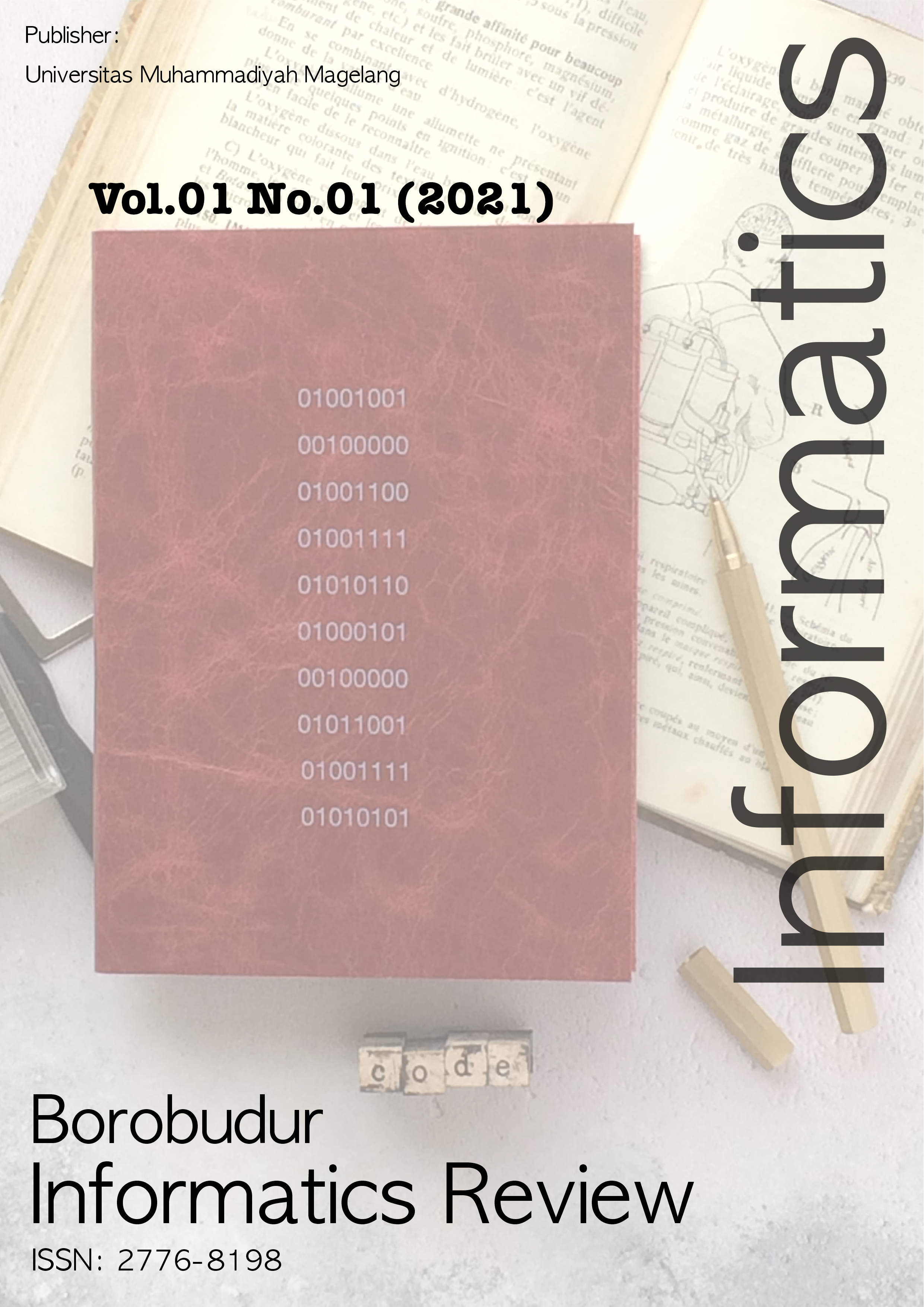Main Article Content
Abstract
Electricity consumption in Indonesia continues to increase by an average of 6.8% per year. IoT in 4.0 industry can be used to help community in reducing energy consumtion, including electricity, by implementing smart home sensor and actuator in IoT can be used to control the electricity consumtion automatically. This research has an objective to design and apply smart home that can reduce the electricity consumtion. The Smart Home device is an Arduino ESP8266 NodeMCU microcontroller equipped with a PIR sensor, DHT11 sensor and relay. This system is connected to the website as a controlling system. The smart home can also reduce power usage on street light by 7,524.91 watts (59.72%), living room light by 1,500 watts (50%), kitchen light by 2699,94 watts (75 )%), the main room lamp is 1259.98 watts (50%). Smart home system with a timer for one month can reduce power usage by 12,984.83 watts (12.01%) and can reduce the cost of using electrical devices by Rp. 16,881 (12.01%).
Keywords
Article Details
References
- Atzori, L., Iera, A., & Morabito, G. (2017). Understanding the Internet of Things: Definition, potentials, and societal role of a fast evolving paradigm. Ad Hoc Networks, 56(October 2017), 122–140. https://doi.org/10.1016/j.adhoc.2016.12.004
- Kunarso, L. (2015). Rancang bangun sistem kontrol listrik berbasis web menggunakan server online mini pc raspberry pi. Skripsi. UNIVERSITAS STIKUBANK.
- PT PLN (PERSERO). (2018). Ruptl Pt Pln ( Persero ). 2018–2027, 2018–2027.
- Rakasiwi, G. (2014). Prototype Pengontrolan Lampu Dengan Android Berbasis Arduino Via Wifi. Skripsi. Universitas Muhammadiyah Surakarta.
- SAPUTRI, Z. N. (2014). Aplikasi Pengenalan Suara Sebagai Pengendali Peralatan Listrik Berbasis Arduino Uno. Aplikasi Pengenalan Suara Sebagai Pengendali Peralatan Listrik Berbasis Arduino Uno, 1, 8.
- Wibowo, S. (2014). Berbasis Web Untuk Memudahkan Listrik Rumah Tangga. Jurnal Teknologi Informasi, 2(2), 1–8.
